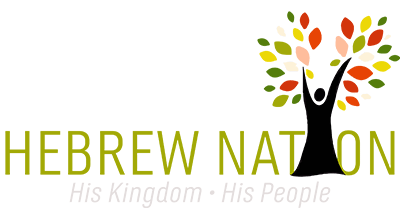Parsha “Mishpatim” (Exodus/Shemot chapters 21 through 24) is one of the most ordinance, or “judgment-packed” in the Torah. It’s also very NOT ‘politically-correct,’ and thus most often ignored. And all the more so because it’s a vital reminder of all of the elements of “slavery” that are more relevant than ever, as once-free peoples return to the bondage Scripture warned us about.
The Erev Shabbat overview takes a look at all of the mishpatim, how they relate, and the final part of the story that leads to Moshe being back on the mountain for 40 days.
There is so much “meat” in this portion that a ‘deeper look’ into the themes could go in many different ways. But THIS year, Mark suggests that, in “such a time as this,” we start the way He does – in context – and that means slavery, then and now.
Especially when that path leads directly to the mask, the poke, and the mark of the beast.
“Miahpatim: What IS ‘Slavery’?”
The combined two-part teaching is here:
Podcast: Play in new window | Download
Subscribe: Apple Podcasts | RSS





